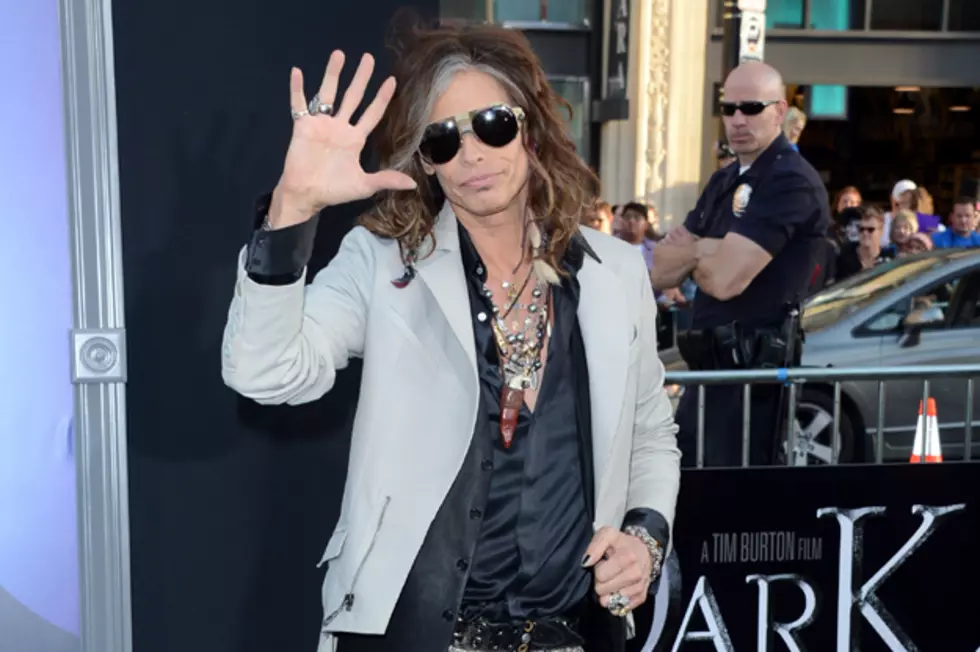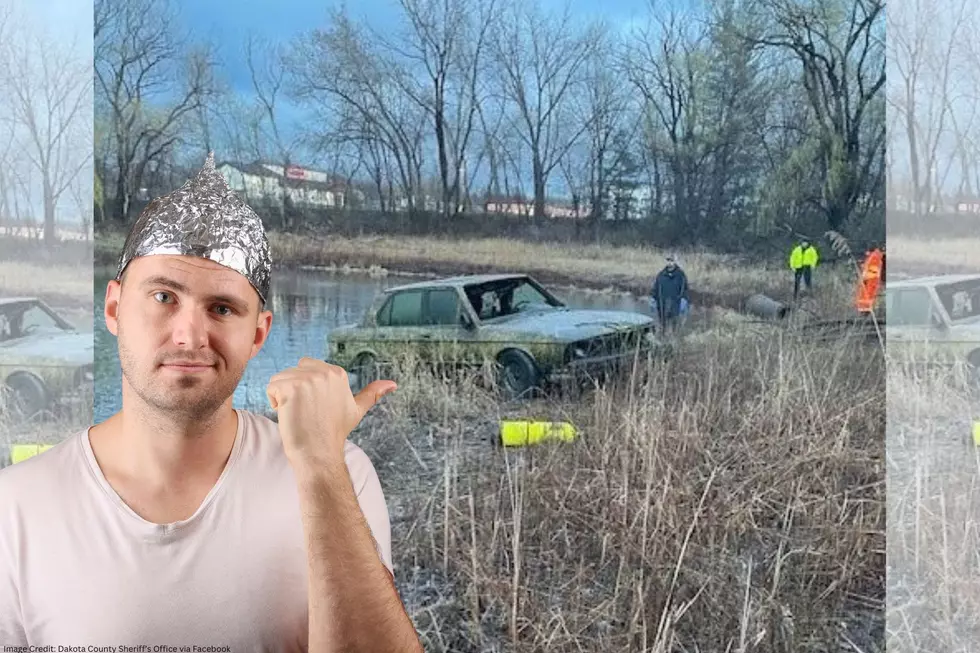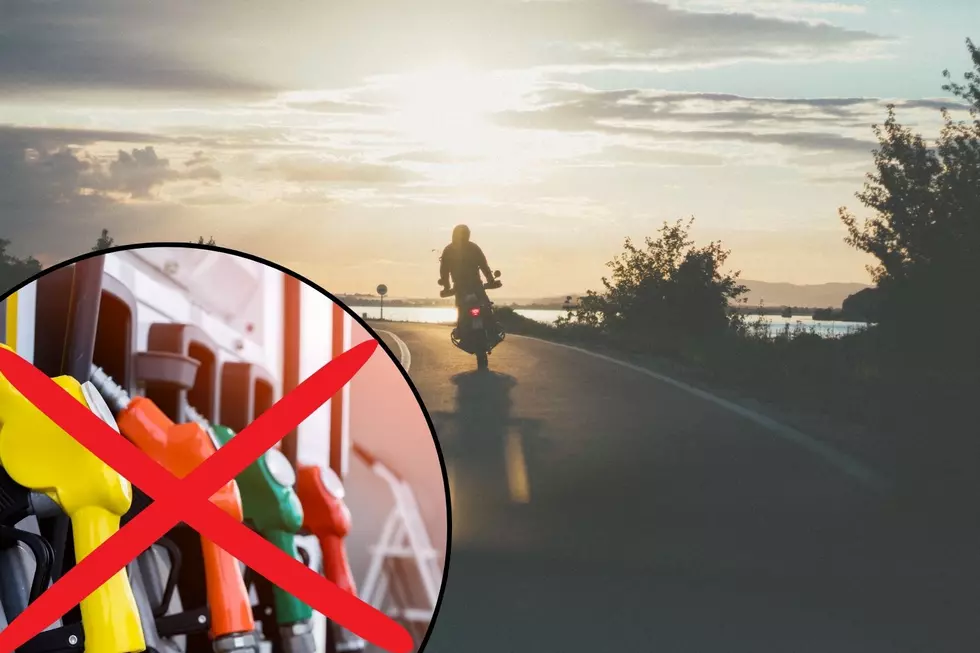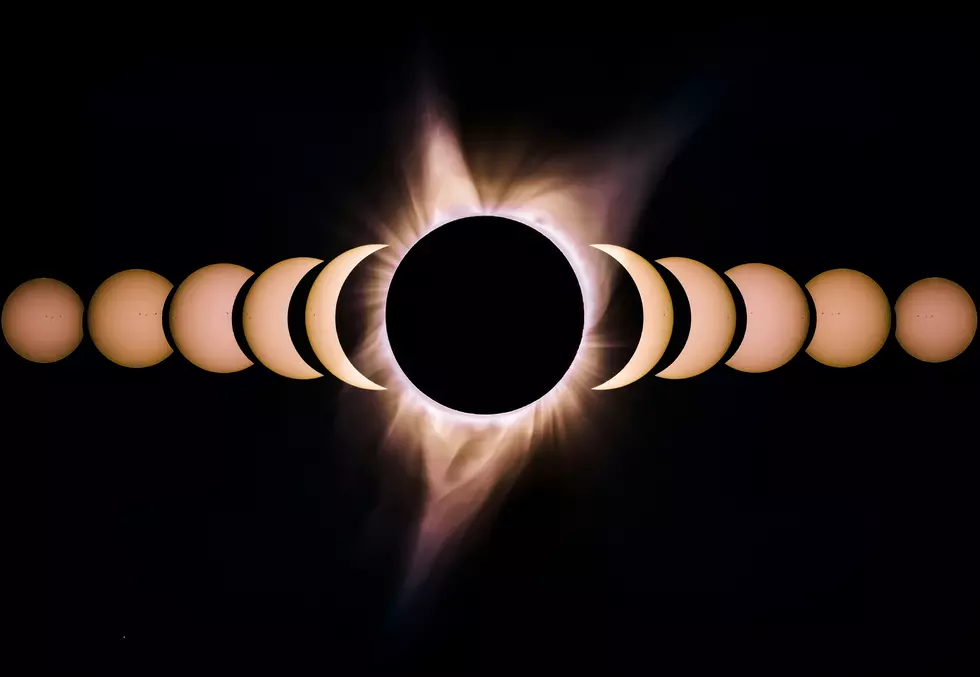
10 Things You Didn’t Know About ‘It’s the Great Pumpkin, Charlie Brown’
‘A Charlie Brown Christmas’ might be the best-known Peanuts television special, but the gang’s Halloween special also cemented its place in television history. Sure there wouldn’t be a Halloween cartoon without the holiday one, but there wouldn’t be a Peanuts gang on television for more than 40 years without ‘The Great Pumpkin.’
The story of the usually levelheaded Linus waiting for the rise of The Great Pumpkin on Halloween night was a huge hit and a huge risk since networks didn’t even consider Halloween worthy of having its own TV special back in the 1960s. Not only has it aired almost every Halloween since its debut in 1966, but the story of the Great Pumpkin also secured the Peanuts’ place in television history. Other parts of its storied history are equally entertaining and enlightening. Check out some things you might not know about 'It's the Great Pumpkin, Charlie Brown.'
1. The original 'Great Pumpkin' story was actually about religion
'Peanuts' creator Charles Schulz’s faith and beliefs often served as a launching point for his comic strip story lines and specials. A Halloween special might not seem like the ideal place for a message about personal beliefs but even The Great Pumpkin had something to say about faith and religion.
Schulz’s 'Great Pumpkin' story got its start in his comic strip before finding a permanent place in popular culture on television. According to the book ‘Schulz and Peanuts: A Biography,’ Schulz received a rare complaint letter from a reader asserting that the Great Pumpkin was “sacrilegious.” He wrote a response agreeing with her assessment. He felt that the concept of believing in Santa Claus was just as ridiculous and sacrilegious as the Great Pumpkin and that he was “trying to show this in the Great Pumpkin strips.”
2. The Halloween special came to life because CBS wanted another “blockbuster”
The massive success of the 'Charlie Brown Christmas' special and its subsequent special 'Charlie Brown’s All-Stars!' gave animator Bill Melendez and director Lee Mendelson a lot of leeway with CBS to do another special. All they had to do was promise that it would be a “blockbuster.”
Mendelson wrote in his book ‘It’s the Great Pumpkin, Charlie Brown: The Making of a Television Classic' that CBS network executives wanted another 'Peanuts' special but they also wanted a surefire hit. They didn't just want something they could air once a year. They wanted something they could air year after year to bigger and bigger audiences. Mendelson and Melendez had to promise their third special would be a “blockbuster,” even though they had no idea on the table for another 'Peanuts' special.
3. The success of the Halloween special ensured the future of the 'Peanuts' specials
CBS wanted to be sure they would have another big hit on their hands. One network executive even told Mendelson that if their third cartoon wasn’t the “blockbuster” they wanted, they wouldn’t fund any future Peanuts specials, according to a documentary extra on the Blu-Ray version of ‘It’s the Great Pumpkin, Charlie Brown.’ Fortunately, 'It’s the Great Pumpkin, Charlie Brown' was just as successful as 'A Charlie Brown Christmas,' earning almost 50 percent of the viewing audience in its time slot. The ratings gave Mendelson and Melendez carte blanche to do even more 'Peanuts' specials for the rest of their careers. The pair went on to write, animate and produce more than 50 Peanuts specials until Melendez’s passing in 2008.
4. Kids sent candy to Charlie Brown after it aired
Charlie Brown couldn’t break his bad luck even on Halloween. When the gang goes trick-or-treating as Linus and Sally wait in the pumpkin patch for the Great Pumpkin's arrival, Charlie Brown somehow ends up getting a treat bag full of rocks. Mendelson said in an interview that some of the kids who watched felt so bad for poor Charlie Brown that they actually mailed candy and other gifts to CBS addressed to Charlie Brown.
5. It featured almost the entire original cast from 'A Charlie Brown Christmas'
Melendez and Mendelson always insisted on using actual children to voice the 'Peanuts' characters, a casting decision that, according to Mendelson's book, dated back to ‘A Charlie Brown Christmas.' The specials were so successful and beloved that they didn’t want to change the characters too much, so they would stick with the original actors for as long as possible. They would have to change some of the actors and actresses every two years or so since their voices would change as they got older. The actress who played Lucy in 'A Charlie Brown Christmas' had to be replaced by the time they started work on 'It’s The Great Pumpkin, Charlie Brown’ for this very reason.
6. Sally's lines were almost ruined because of a loose tooth
Of course, hiring children who could barely read to provide the voices for these characters presented a number of challenges. Mendelson recalled on the Blu-Ray documentary that Kathy Steinberg, the young actress who voiced Sally, almost had to be replaced. Just as they were nearing the end of her recording sessions, her mother called Mendelson one night in a panic because Kathy had a loose tooth and the gap in her teeth could cause a lisp in her voice that would sound different from the dialogue they had already recorded. The crew had to rush Kathy into the recording studio as soon as it opened to get the rest of her lines on tape. Mendelson said Kathy’s tooth fell out during her very last line.
7. The first adult to record a voice for a Peanuts special was for Snoopy
There weren’t many noticeable changes between Schulz’s comic strip and the TV specials, except for one of its most animated characters. Snoopy didn’t have a speaking role in the animated cartoons except for a high-pitched gibberish voice. Melendez provided the voice for Snoopy and later for his birdie pal Woodstock, a casting decision that started during the recording for ‘It’s the Great Pumpkin, Charlie Brown.’
He told his son Steve in an interview that they hired an actor to provide Snoopy’s voice but it didn’t live up to his expectations. One of the sound engineers suggested to Melendez that he provide the voice for Snoopy since his sounded best for the character. Melendez played the voice of Snoopy in the rest of his cartoons for almost 40 years.
8. Lucy is reading a TV Guide featuring herself on the cover
Melendez loved to add in little in-jokes for fans just to see what he could get away with in regards to budgeting and editing. Lucy actually appears in one scene twice early on in the 'Great Pumpkin' special. After Linus writes his letter to the Great Pumpkin, he walks past Lucy while she is sitting in front of the TV reading a TV Guide magazine. A split second shot of the magazine features Lucy on the cover of the magazine.
9. The idea of “Snoopy the Flying Ace” came from Sparky’s son
Snoopy evolved in the comic strip from a simple dog to a much more animated personality who begins to take on more adventurous roles and plot lines. He became the famous World War I “Flying Ace” fighter pilot in constant pursuit of the dreaded Red Baron in the comic strips, an idea that came from one of Schulz's sons Monte, according to Mendelson’s book.
Monte was an avid model airplane builder and loved WWI aircraft. One day, he wandered into his father’s studio and suggested that he make Snoopy an imaginary fighter pilot. His father wasn’t crazy about the idea at first but it eventually snuck into some of his daily comic strips and was later used for the 'Great Pumpkin' special.
10. NASA took inspiration from Snoopy's Flying Ace
Snoopy didn’t become the literal “Flying Ace” in the eyes of popular culture until he made his first appearance as such in the 'Great Pumpkin' special. It featured Snoopy flying his doghouse and eventually crash landing behind enemy lines. Charlie Brown narrated the action because Snoopy didn’t speak in the animated specials, even though Snoopy narrated his own adventures in the comic strip.
Snoopy’s “Flying Ace” became one of his most famous alter egos, both onscreen and in newsprint. He even became a good luck charm for the NASA astronauts during the Apollo space missions and as an icon for NASA safety. The crew of the Apollo 10 mission even brought a painting of the “Flying Ace” with them into space.
More From 103.7 The Loon
![14 Minutes of Lost Monty Python & The Holy Grail Animation Has Been Found and Posted Online [VIDEO]](http://townsquare.media/site/66/files/2015/10/Monty-Python-via-YouTube-feature.png?w=980&q=75)









